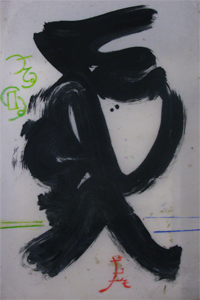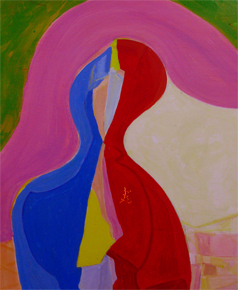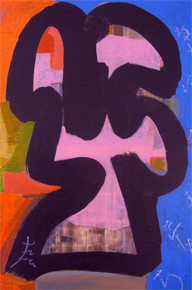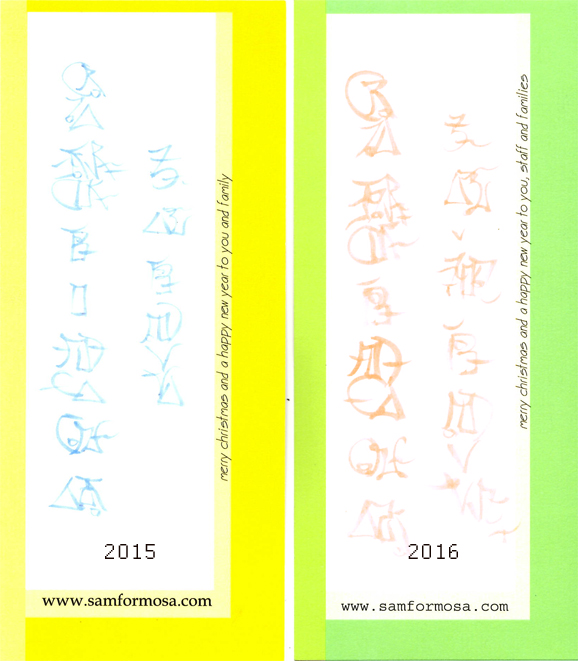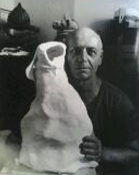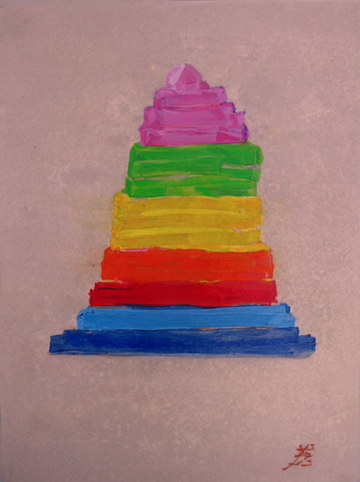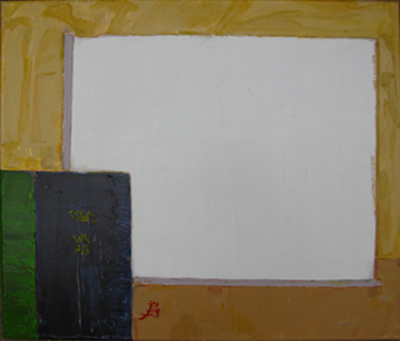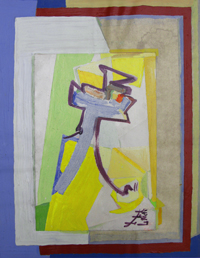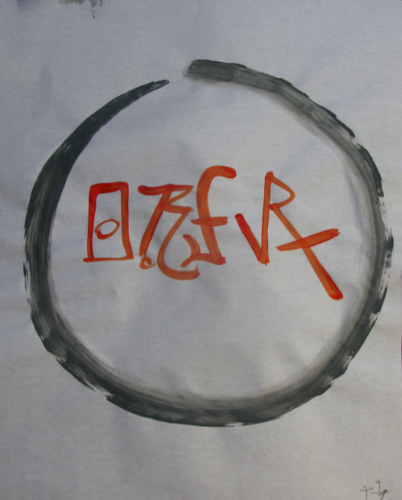
The title of the work is . ‘ Brexit – this ship will not sink!
Acrylic paint on calligraphy paper.
There are two district voices that I hear when I see the above art work. That of Prime Ministers, Winston Churchill, and that of Margret Thatcher. It all dependents in context of what what else is linked too. So, sometimes its Churchill, other times, its Margret Thatcher.
The sandy beaches of Dunkirk, or the deep South Atlantic waters, of the Falkland Islands.
Brexit, is for now with Boris.
This entry was posted in Sam’s script. and tagged Politics; EU; Europe; UK; Britain; today;Enso;Enlightenment;power;universe;circle;wholeness;Calligraphy;Zen;Brush;human character; spiritual exercise; Winston Churchill; Margaret Thatcher; Boris Johnson; on December 22, 2019 by Sam Formosa. Edit
